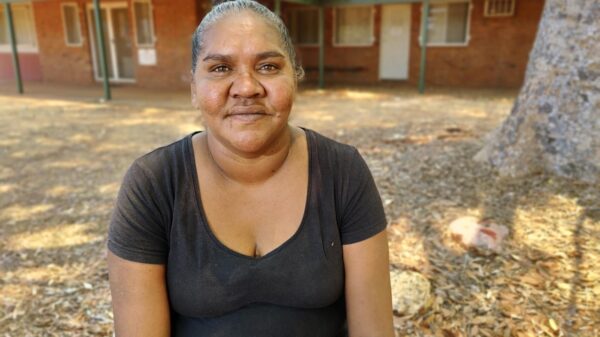A recent study has highlighted significant health risks associated with a specific strain of chronic hepatitis B affecting predominantly First Nations people in Australia. Researchers from the Menzies School of Health Research examined the C4 sub-genotype of hepatitis B among Aboriginal and Torres Strait Islander communities, revealing alarming rates of severe liver disease linked to the infection.
The findings indicate that those infected with this strain face a heightened risk of liver damage, which may progress to liver cirrhosis or liver failure, and an increased likelihood of developing liver cancer. Jane Davies, the lead researcher and head of the Menzies Hepatitis B program, emphasized the seriousness of these risks, stating, “The C4 sub-genotype, when we looked at it in the lab at the very detailed genetics of it, looked like it was very aggressive with respect to these two things.”
The study analyzed clinical data from over 780 individuals across the Northern Territory, confirming laboratory findings that showed a significant prevalence of liver damage. According to Professor Davies, 22 percent of participants exhibited considerable liver damage, while 16 percent had developed cirrhosis, a condition characterized by severe scarring of the liver that can impair its function.
“Our research has followed these individuals over time, assessing various markers of the virus as part of their clinical care,” Professor Davies added. “We have confirmed there are significantly high rates of liver damage within the population of Aboriginal and Torres Strait Islander people who have this specific sub-genotype of chronic hepatitis B.”
Despite the concerning statistics, under current Australian treatment guidelines, only 25 percent of the studied cohort are receiving appropriate treatment. The research team explored the potential benefits of adopting World Health Organization (WHO) expanded treatment guidelines for individuals living with this strain. Professor Davies noted that if these guidelines were implemented, approximately half of the individuals not currently receiving treatment would qualify for it.
While the discussion surrounding the expansion of treatment guidelines is complex, Professor Davies believes it is essential to prioritize liver health for those infected with hepatitis B. “In my personal opinion, we should be treating as many people as we can where there is evidence that we can reduce their risk of progression to liver failure and liver cancer,” she stated.
The study, part of the ongoing Hep B PAST program, aims to eliminate hepatitis B within the Northern Territory. It was published in the journal BMC Infectious Diseases and represents the latest effort to raise awareness and improve health outcomes for First Nations people suffering from this preventable virus. The findings underscore the urgent need for enhanced treatment strategies to address the specific challenges posed by the C4 sub-genotype.



























































